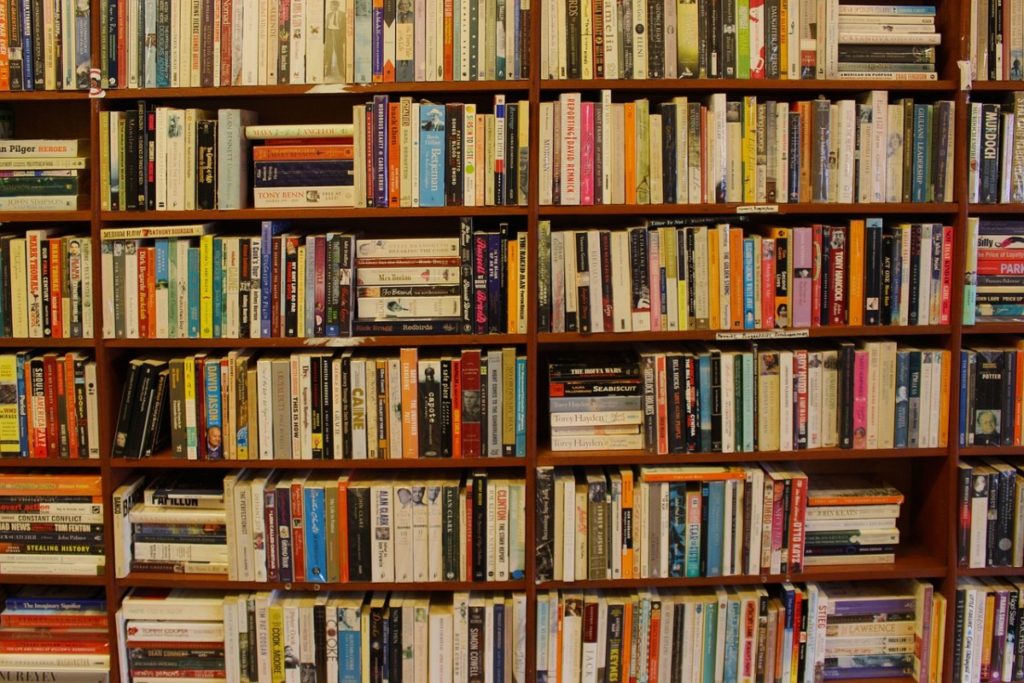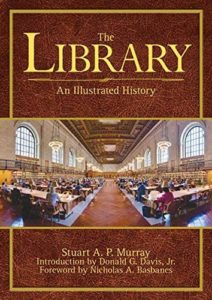Table of Contents
All About Libraries
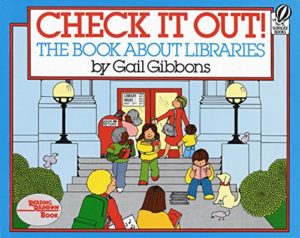
|
Check It Out! The Book About Libraries by Gail Gibbons (Sandpiper, 1988) is a brightly illustrated non-fiction picture book on the many aspects of the library, including the history of libraries, the many different kinds of libraries today (from the small and local to the massive Library of Congress), and an explanation of how libraries are organized. Readers also learn what a card catalog is and find out how to check out a book. For ages 4-8. |
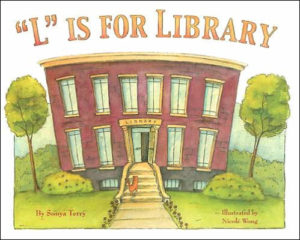
|
Sonya Terry’s L is for Library (Upstart Books, 2006) is an alphabetical tour of the library, led by an orange cat and a flock of obstreperous yellow ducklings. A is for Author, B for Book, D for Dewey Decimal System. For ages 5-8. |
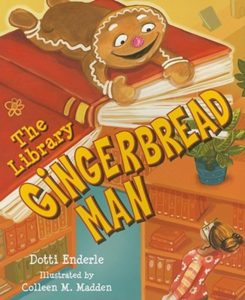
|
Dotti Enderle’s The Library Gingerbread Man (Upstart Books, 2010) is a mash-up of the familiar tale about the runaway cookie and the Dewey Decimal system. The Gingerbread Man escapes from his place at 398.2 and sets off at a mad dash around the library, pursued by the librarian, with help from a wizardly thesaurus at 423.1 (who shouts “Stop! Cease! Halt! Freeze! Stay!”), a robot (629.892), and a cast of characters in the biographical 920s, including Harriet Tubman and Amelia Earhart. For ages 6-9. |
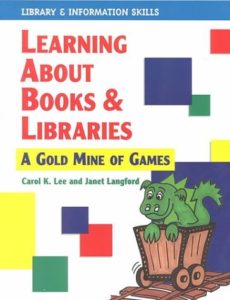
|
By Carol K. Lee and Janet Langford, Learning about Books and Libraries (Highsmith, 2000) is a collection of 47 educational games for kids, variously covering book genres, bibliographies, research resources, and library map skills. For ages 5-12. |
| See Children’s Literature Education for a seven-unit multidisciplinary study unit, “Introduction to the Library,” encompassing literature, technology, math, art, and writing. Topics covered include library resources, the parts of a book, book genres, and the Dewey Decimal System. Adaptable for ages 6-12. | |
 |
Let’s Do Dewey has a brief biography of Melvil Dewey and a tutorial on the Dewey Decimal Classification System. |
| See Wikipedia’s Library classification entry for an overview of classification systems, including the Dewey Decimal, Library of Congress, and Bliss bibliographic systems. | |
| From the Utah Education Network, Library Media Lesson Plans has Dewey Decimal games, exercises on shelving and finding books, suggestions for literature circles, and a library treasure hunt. Lessons are categorized by grade (3-12). | |
| At Mrs. Lodge’s Library, Shelve-It is a great little interactive game in which players put fiction books in order by call number. | |
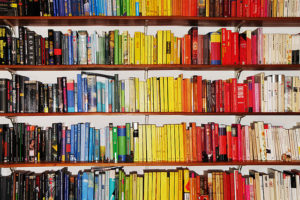
|
The books on your bookshelves – what they are, how you arrange them – says a lot about you. Leah Price’s Unpacking My Library (Yale University Press, 2011), illustrated with great color photographs, describes the personal libraries of thirteen well-known writers, among them Alison Bechdel, Philip Pullman, Jonathan Lethem, and Steven Pinker. For older teenagers and adults. |
| Check out the world’s most interesting (and accessible) library collections. | |
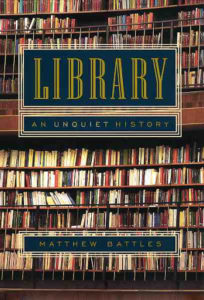
|
By librarian Matthew Battles, Library: An Unquiet History (W.W. Norton & Company, 2004) is the story of the difficult lives of libraries from ancient times to the present. They’ve been burned, banned, shunned, and now (some argue) just possibly rendered obsolete, but still they survive. For older teenagers and adults. |
|
|
Stuart A.P. Murray’s The Library: An Illustrated History (Skyhorse Publishing, 2009) is a 300+-page history of libraries from the clay tablets of Assyria to the modern media center, crammed with fascinating stories and illustrated with wonderful prints, paintings, and photographs. For older teenagers and adults. |
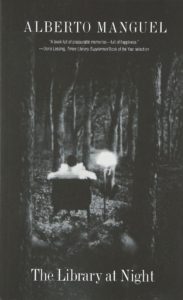
|
Alberto Manguel’s The Library at Night (Yale University Press, 2009) is a marvelous and eccentric history of the life, times, and functions of books and libraries, both public and personal, with such chapter titles as “The Library as Myth,” “The Library as Order,” “The Library as Island,” and “The Library as Identity.” Libraries, says Manguel, are “pleasantly mad places.” For older teenagers and adults. |
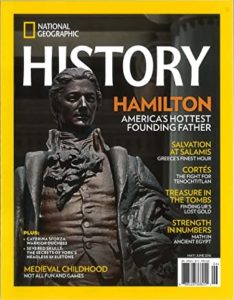 |
Barbara Krasner-Khalt’s Survivor: The History of the Library is a short illustrated history of libraries from ancient times to the present from History Magazine. |
| For a history of the Library of Congress, see Jefferson’s Legacy. | |
| The Library History Buff has an interesting assortment of library-related resources, including “Postal Librariana” (libraries on postcards and postage stamps), an extensive list of library history links, and galleries of library artifacts. | |
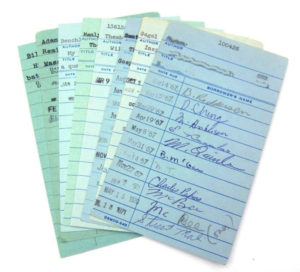 |
Get your own library cards, complete with lines for title, author, due date, and borrower’s name. Also available: library card pockets. |
